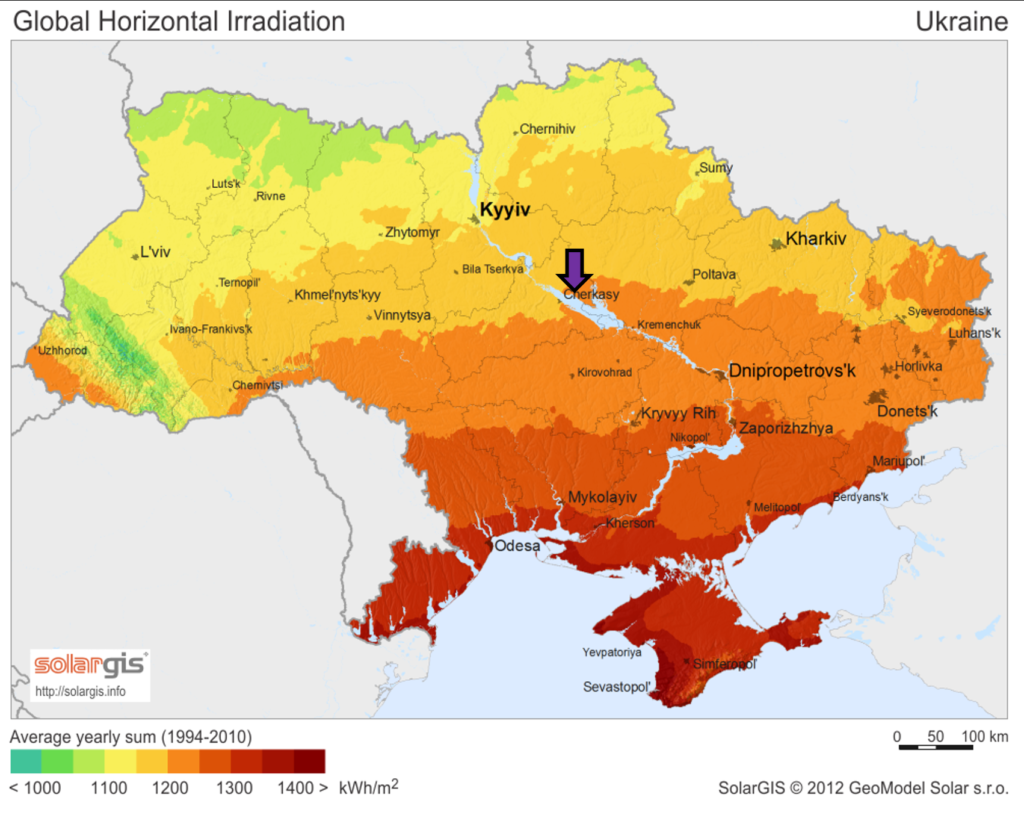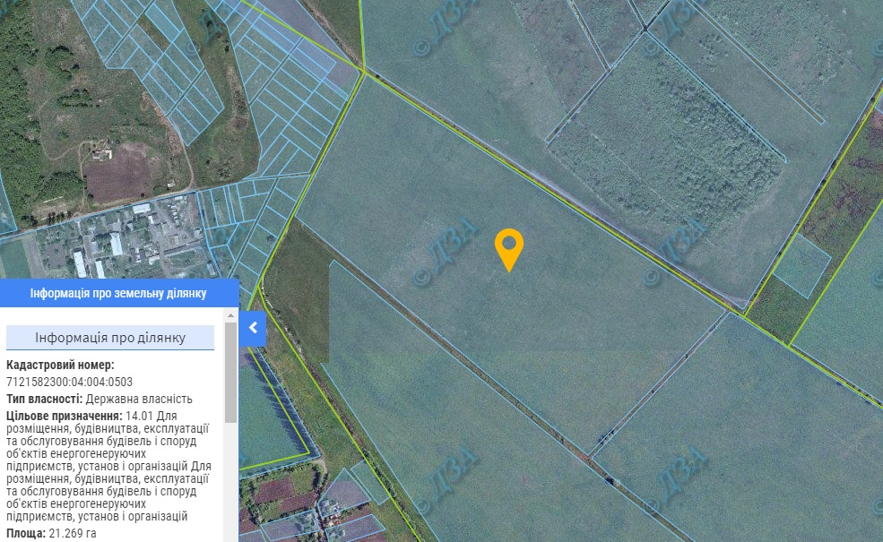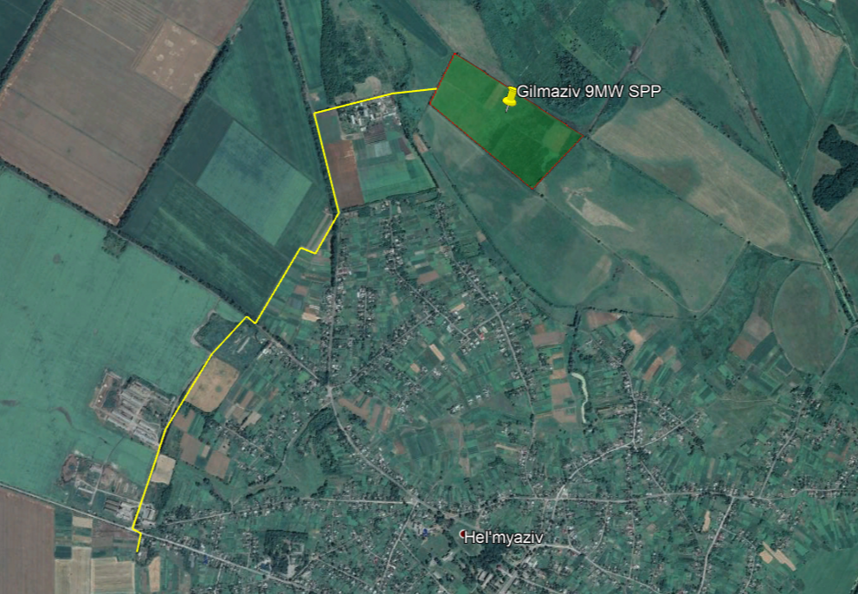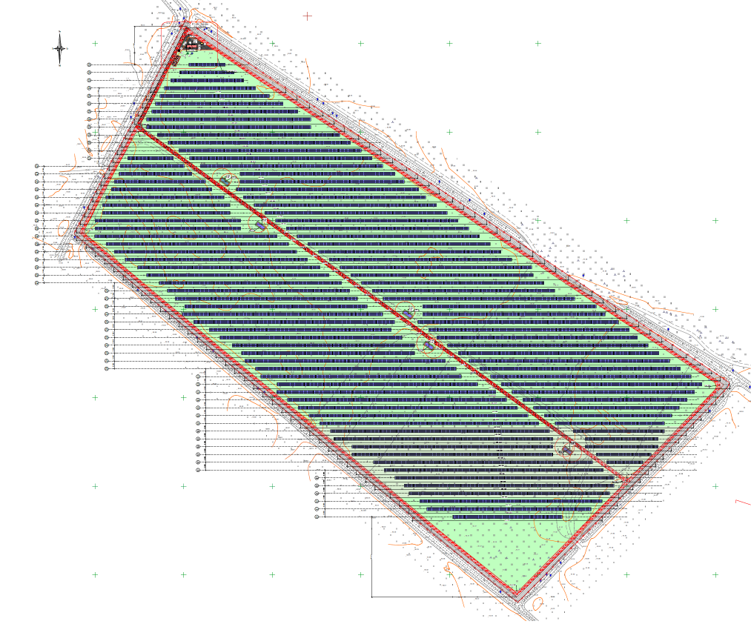As solar power plants revolutionize renewable energy generation, seamless and accurate integration into the grid is becoming a critical element to fully realize this potential. Battery Energy Storage Systems (BESS) compensate for the intermittent nature of solar energy, ensuring grid stability and increasing renewable energy penetration. Standards such as IEC TS 62933-5-1 define the technical requirements of this integration, while the Technical Specification guides concrete implementations. In this article, we will explore how BESS integrates with the grid, its impact on its stability and practical scenarios.
Network Stability and BESS
Frequency and Voltage Control
Grid stability requires frequency and voltage to be kept within certain limits, but variable sources such as solar power can challenge this balance. The soon-to-be-built Storage SPPs (SSPs) solve this problem with their fast response time. According to IEC TS 62933-5-1, the Power Conversion System (PCS) should respond to grid demands within 200 milliseconds and provide frequency regulation. In these cases, PCSs can compensate the grid by injecting or absorbing energy during sudden load changes. This offers a critical advantage, especially in regions with a high proportion of renewable energy and where grid stabilization is challenging.
Compliance with Network Codes
Technical Requirements and Standards
For BESS to work in harmony with the grid, compliance with local and international grid codes is a must. IEC TS 62933-5-1 standardizes requirements such as low voltage ride-through and reactive power support. According to Solarian’s technical specifications, the PCS’s grid connection tests must be completed and the system must be able to operate without disconnection during sudden voltage drops. For example, a BESS with a charge/discharge rate of 1C should be able to offer both reliability and flexibility by instantly adapting to the demands of the grid operator.
The connection and compliance criteria for SPPs with Storage offered by TEİAŞ in this process are as follows.
Microgrid and Island Mode
Independent Energy Systems
BESS not only supports the main grid, but also emerges in microgrid and island mode applications. The combination of solar power plant + BESS can become an independent source of energy during grid outages. It can thus enable a solar power plant to be self-sufficient during night hours or in emergency situations. The electrical safety tests of IEC TS 62933-5-1 ensure that such systems remain stable even when operating off-grid. When the requirements specified in the technical specifications prepared by Solarian are met, a long-lasting and smoothly operating storage solar power plant can be designed and built.
Practical Application Scenarios
Real World Example
The impact of BESS on grid integration becomes clearer with practical examples. Let’s say a 10 MW solar power plant generates excess energy during the day; BESS stores this energy and transfers it to the grid in the evening when demand peaks. It also supports the grid operator by intervening within seconds during frequency drops (e.g. from 50 Hz to 49.8 Hz). According to Solarian’s technical specifications, with a lifetime of 6000 cycles and a Depth of Discharge (DoD) of 80%, a DGES system plays a role in grid services for 10 years.
Future and Conclusion
BESS and subsequently solar power plants with storage (SHPPs) contribute to the future of renewable energy by making solar power plants grid-friendly. Grid stability, flexibility and the ability to operate independently increase the value of these systems. Resources such as IEC TS 62933-5-1 and Solarian’s DGES Technical Specification provide the technical basis for integration.
For more detailed information about the regulations in Turkey, you can read our article on BESS’ Grid Integration and Regulations in Turkey.
You can contact us at [email protected] for your engineering needs regarding your GES with Storage (DGES) power plants that you are planning to build.












